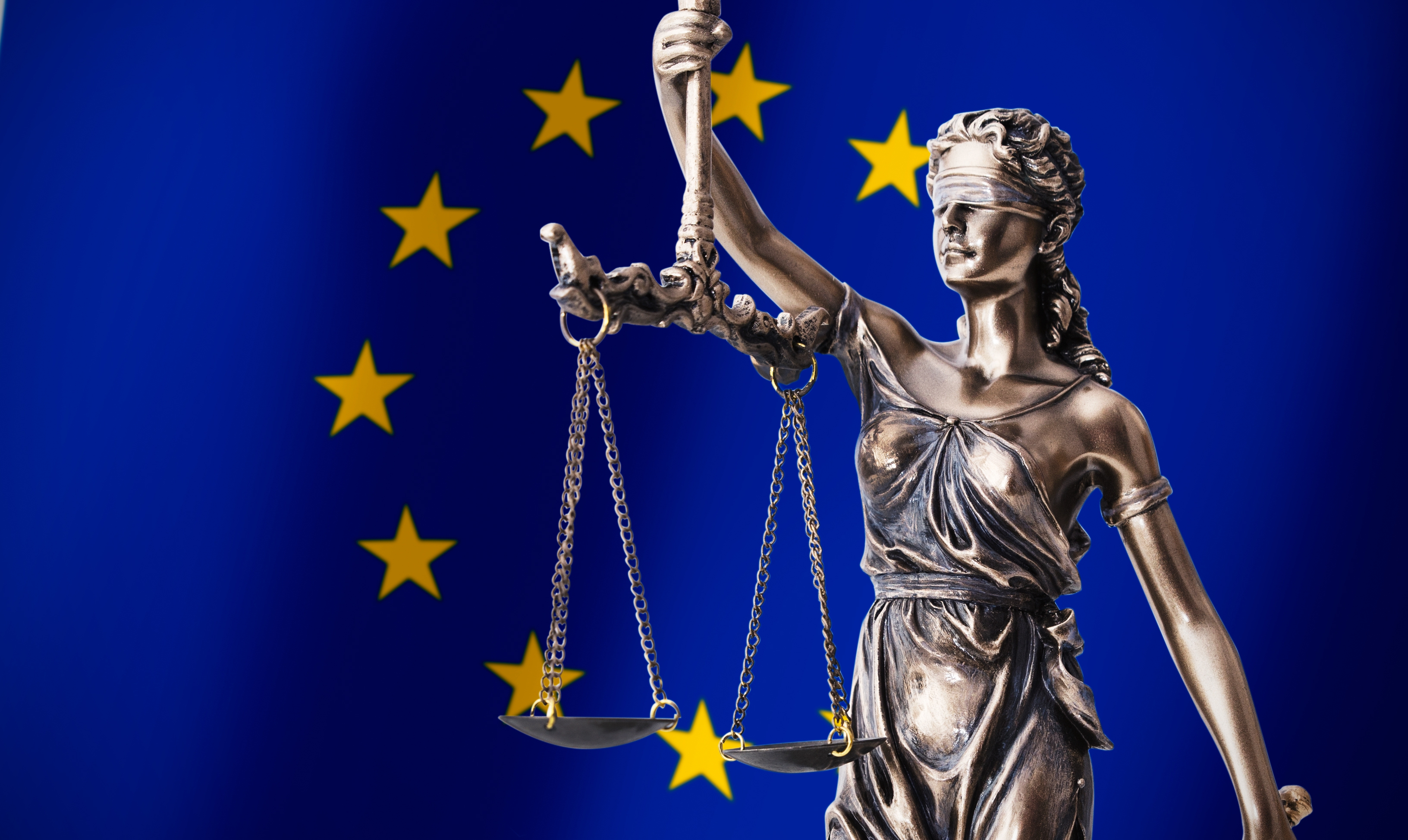Regulation

In the EU, nanomaterials are covered by the same rigorous regulatory framework that ensures the safe use of all chemicals and mixtures, i.e. the REACH and CLP regulations. This means that hazardous properties of nanoforms of substances have to be assessed and their safe use needs to be ensured. There are also specific provisions for nanomaterials in sector-specific legislation such as food, biocides and cosmetics legislation.
To define the term nanomaterials, the European Commission has provided a recommendation based solely on the size of the constituent particles of a material, without regard to hazard or risk. This definition covers natural, incidental or manufactured materials and underpins the implementation of regulatory provisions for this group of materials. Nevertheless, in some legislative areas, the driver for legal obligations for nanomaterials is that they may have different properties compared to larger particles.
To be legally manufactured or imported in the EU, all substances within the scope of REACH have to be registered. Depending on the volume placed on the market, manufactures and/or importers, as part of their registration, must submit information on both human health and environmental effects, and hazardous nanoforms – an estimation of exposure throughout the life cycle.
The same obligations apply to nanomaterials. When substances have hazardous properties, the Classification, Labelling and Packaging Regulation (CLP) requires them to be notified to ECHA and labelled and packaged so the substances can be used safely.
Companies should to be transparent in their REACH registration to clearly indicate how the safety of nanoforms has been addressed, including what measures are needed to adequately control the potential risk. ECHA guidance documents provide further support to companies on how to identify and report properties of their nanoforms.
In addition to REACH and CLP, there is also sector-specific legislation in the EU for specific groups of products. They cover for example biocides, plant protection products, cosmetics, pharmaceuticals, toys, food, and electronic goods.
Legislation for environmental, worker and consumer protection are typically implemented in the EU through directives. If nanomaterials pose a risk to the environment, workers or consumers, the generic rules set in the legislation apply in the same way to nanomaterials as for other forms of a substance. Examples of directives are the Water Framework Directive, the Directive on the Protection of Workers from the Risks Related to Exposure to Carcinogens and Mutagens at work and the Directive on the Safety of Toys.
More information
- Nanomaterials in EU legislation
- REACH Regulation
- Classification, Labelling and Packaging regulation
- Biocidal Products Regulation
- Safety and health legislation
- General Product Safety Regulation
- The European Commission’s 2nd Regulatory Review on nanomaterials 2012
- The European Commission's Recommendation on the definition of nanomaterial (2022/C 229/01) (2022)
- The European Commission's Recommendation on the definition of a nanomaterial (2011/696/EU) (2011)
- NANoREG framework for the safety assessment of nanomaterials
- Germany BMBF report 2013, “Nano-DE Report 2013”
- Germany BMBF report 2016, “Action Plan Nanotechnology 2020”
- Denmark - Danish Ministry of the Environment / Environmental Protection Agency - Nanomaterials
- Switzerland - Federal Office of Public Health FOPH - Nanotechnology
- European Commission
- EU Agencies
- European Agency for Safety and Health at Work (EU-OSHA) - Managing nanomaterials in the workplace
- European Food Safety Authority (EFSA) - Nanotechnology
- European Medicines Agency (EMA) - Nanomedicines
